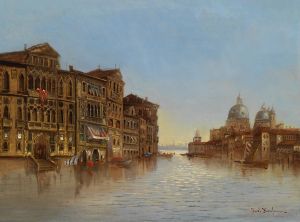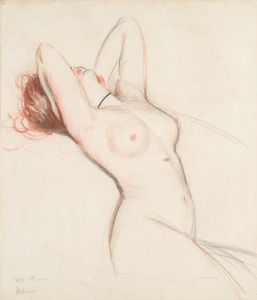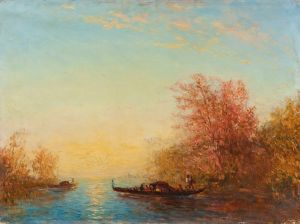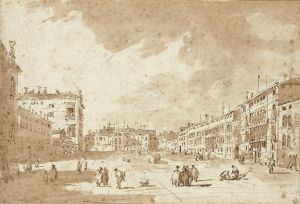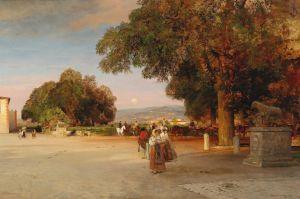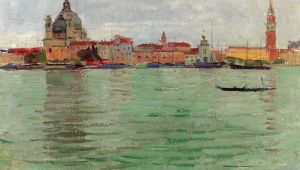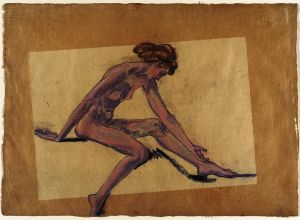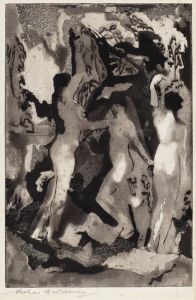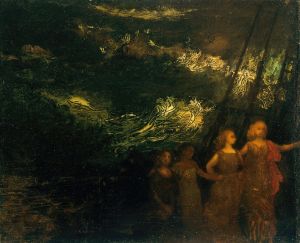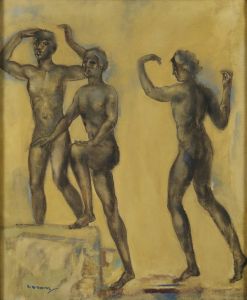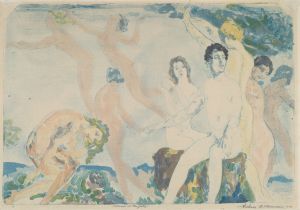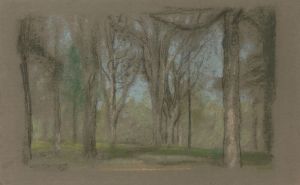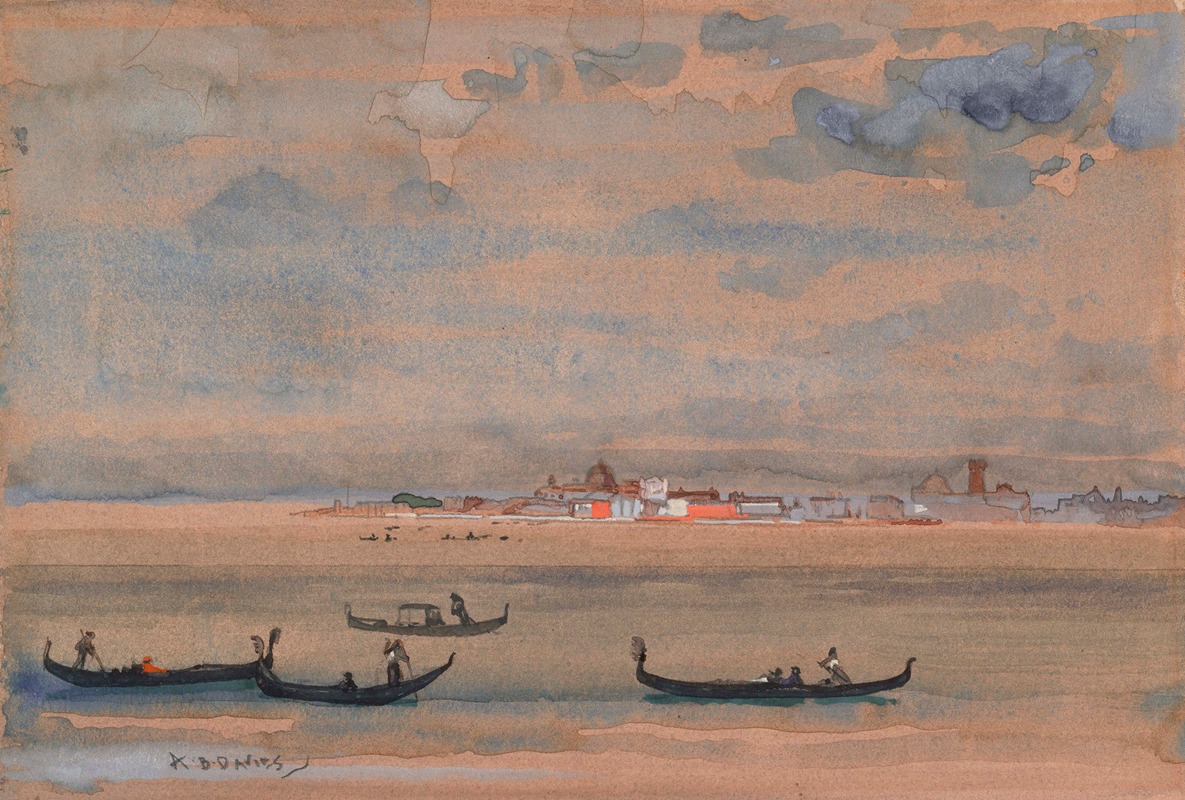
Gondolas
A hand-painted replica of Arthur Bowen Davies’s masterpiece Gondolas, meticulously crafted by professional artists to capture the true essence of the original. Each piece is created with museum-quality canvas and rare mineral pigments, carefully painted by experienced artists with delicate brushstrokes and rich, layered colors to perfectly recreate the texture of the original artwork. Unlike machine-printed reproductions, this hand-painted version brings the painting to life, infused with the artist’s emotions and skill in every stroke. Whether for personal collection or home decoration, it instantly elevates the artistic atmosphere of any space.
Arthur Bowen Davies was an American artist associated with the Ashcan School and the early 20th-century modernist movement. He was known for his ethereal and dreamlike paintings, often depicting allegorical subjects and pastoral scenes. One of his works, "Gondolas," reflects his unique style and artistic vision.
"Gondolas" by Arthur Bowen Davies is a painting that captures the serene and picturesque essence of gondolas, which are traditional Venetian rowing boats. While specific details about the creation date and the current location of the painting are not readily available, the work is representative of Davies' broader artistic themes and techniques.
Davies was born in Utica, New York, in 1862 and studied at the Art Institute of Chicago and the Art Students League of New York. He became a prominent figure in the American art scene in the late 19th and early 20th centuries. His work often bridged the gap between traditional realism and modern abstraction, and he was instrumental in introducing European modernist ideas to American audiences.
The painting "Gondolas" likely reflects Davies' interest in capturing the beauty and tranquility of natural and urban landscapes. His use of soft colors and fluid brushstrokes creates a dreamlike atmosphere, inviting viewers to immerse themselves in the scene. The gondolas, with their elegant shapes and gentle movement, are depicted in a way that emphasizes their grace and the romantic allure of Venice.
Davies was a key organizer of the 1913 Armory Show, which was a pivotal event in the history of American art. The exhibition introduced the American public to avant-garde European artists such as Pablo Picasso and Marcel Duchamp, and it marked a turning point in the acceptance of modern art in the United States. Although Davies' own work was more subdued compared to the radical styles of some of his European contemporaries, he played a crucial role in fostering an environment where modern art could flourish.
Throughout his career, Davies maintained a balance between his commercial success and his commitment to artistic innovation. He was a member of "The Eight," a group of artists who challenged the conservative art establishment of their time. Despite his association with the Ashcan School, known for its gritty urban realism, Davies' work often leaned towards the mystical and the idealized.
In "Gondolas," as in many of his other works, Davies' ability to convey a sense of harmony and beauty is evident. His paintings often evoke a sense of nostalgia and longing, capturing fleeting moments of peace and reflection. While specific information about "Gondolas" may be limited, the painting remains a testament to Davies' skill and his contribution to American art.
Arthur Bowen Davies passed away in 1928, leaving behind a legacy of innovation and influence. His work continues to be appreciated for its lyrical quality and its role in the evolution of modern art in America. "Gondolas," with its serene depiction of Venetian boats, exemplifies the timeless appeal of Davies' artistic vision.





